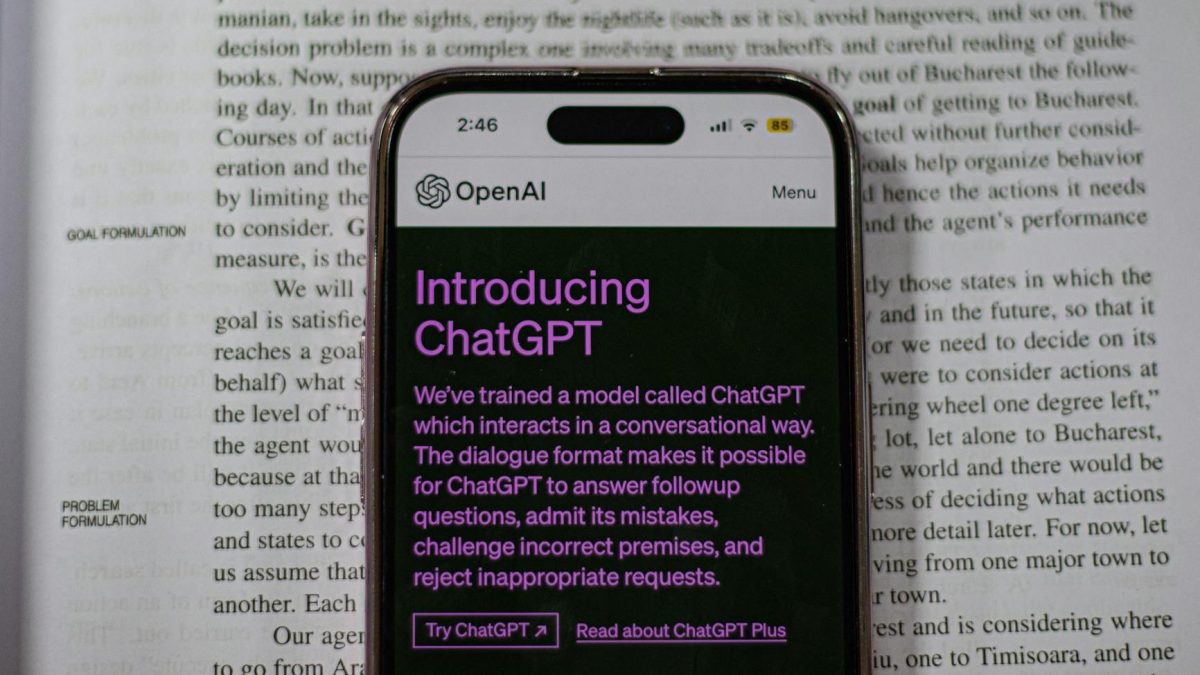History of ChatGPT
Developed by OpenAI in 2018, ChatGPT, based on the Generative Pre-trained Transformer architecture, has undergone an impressive evolution. It started as a language model and has evolved into a revolutionary tool in terms of functionality, accuracy and versatility.
The real revolution came in 2020 with Chat GPT3, which with its 175 billion parameters offered an astonishing ability to generate text indistinguishable from humans. It also expanded its applications into the world of image and video, becoming a multifunctional tool for conversational interaction adapted to diverse needs.
In 2024, the arrival of Chat GPT4.0 sets new standards in the field of artificial intelligence.
Differences between ChatGPT-3.5 and ChatGPT-4.0: A Quantum Leap in Artificial Intelligence
The following chart, created by ChatGPT, compares the performance of GPT-4 versus GPT-3.5 on a series of standardised tests used in professional education and certification.
OpenAI engineers and researchers have documented these results in their white paper.
Improvements in Standardised Exams
ChatGPT-4.0 has demonstrated superior performance on several exams compared to ChatGPT-3.5. The most notable results are detailed below:
- Verbal GRE: The most notable improvement is seen in the Verbal Graduate Record Exam (GRE), where ChatGPT-3.5 ranked in the 63rd percentile, while ChatGPT-4.0 reached the 99th percentile. This demonstrates a dramatic improvement in natural language comprehension and generation, bringing ChatGPT-4.0 closer to human performance levels in academic contexts.
- Uniform Bar Exam (Law): On the US bar certification exam, ChatGPT-4.0 improves significantly with a jump from the 40th percentile to the 63rd percentile compared to its predecessor. This improvement indicates a greater ability to handle complex and specialised concepts in the field of law.
- LSAT (Law): Performance on the Law School Admission Test (LSAT) remained constant on both versions, with ChatGPT-3.5 and 4.0 at the 40th percentile. This result suggests that, while there is progress in other areas, the logical and analytical reasoning required by the LSAT remains a constant challenge for the model.
- Biology (Advanced Level): On this test, only assessed in version 4.0, ChatGPT achieved a respectable 62nd percentile, showing that the model can handle complex scientific topics with above-average performance.
- Statistics (Advanced Level): In advanced statistics, ChatGPT-4.0 showed a significant improvement over version 3.5, jumping from the 40th percentile to the 85th percentile. This highlights the model’s improved ability to process and analyse numerical and statistical data.
According to this evaluation ChatGPT-4.0 outperforms its predecessor.
The most significant improvement is in Verbal GRE, where the jump to the 99th percentile suggests that the model can understand and generate text with an almost human level of sophistication.
The biggest challenge, on the other hand, on the LSAT, is in tasks that require a high level of logical and critical reasoning.
In summary, ChatGPT-4.0 has demonstrated remarkable progress in its ability to handle a variety of complex tasks. This opens up new possibilities, and when we combine quantum computing with Chat GPT, we will be living in a world that









